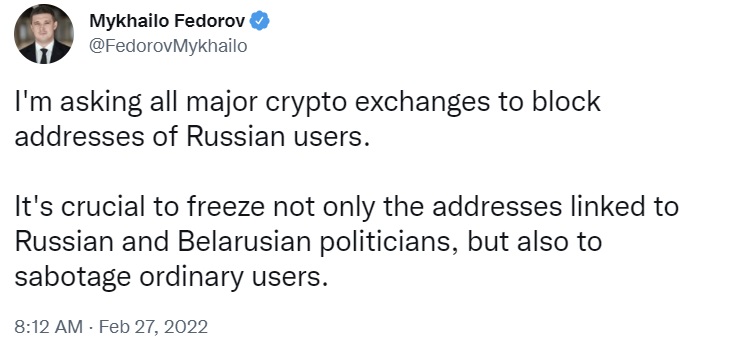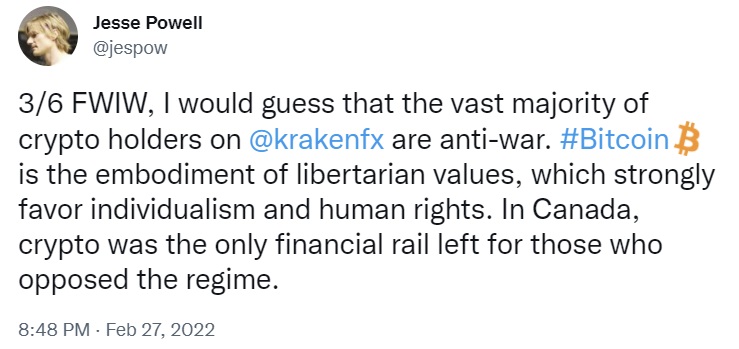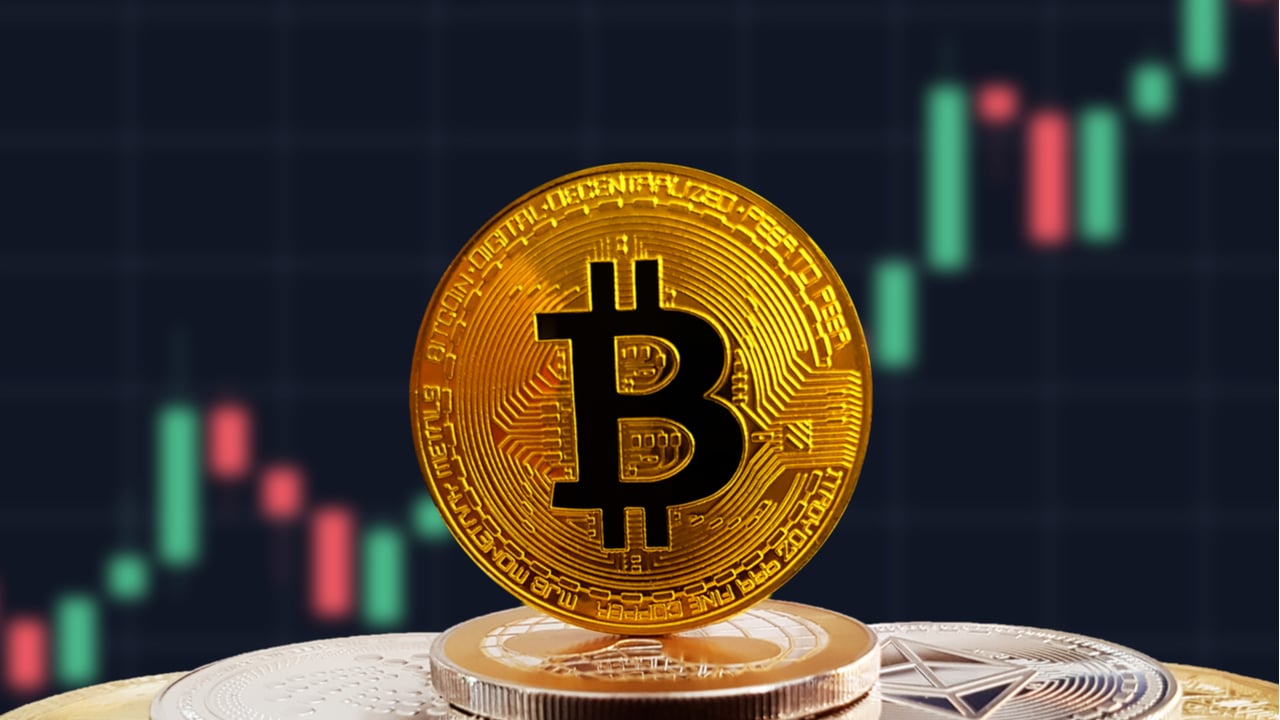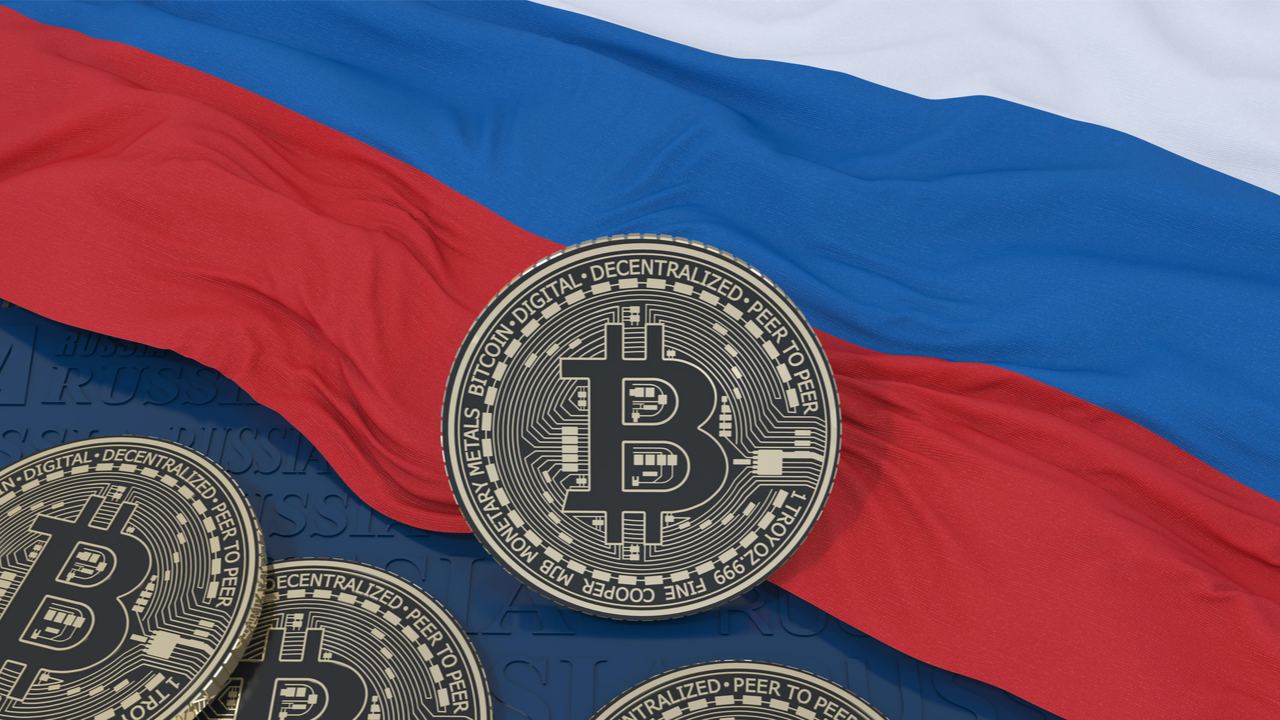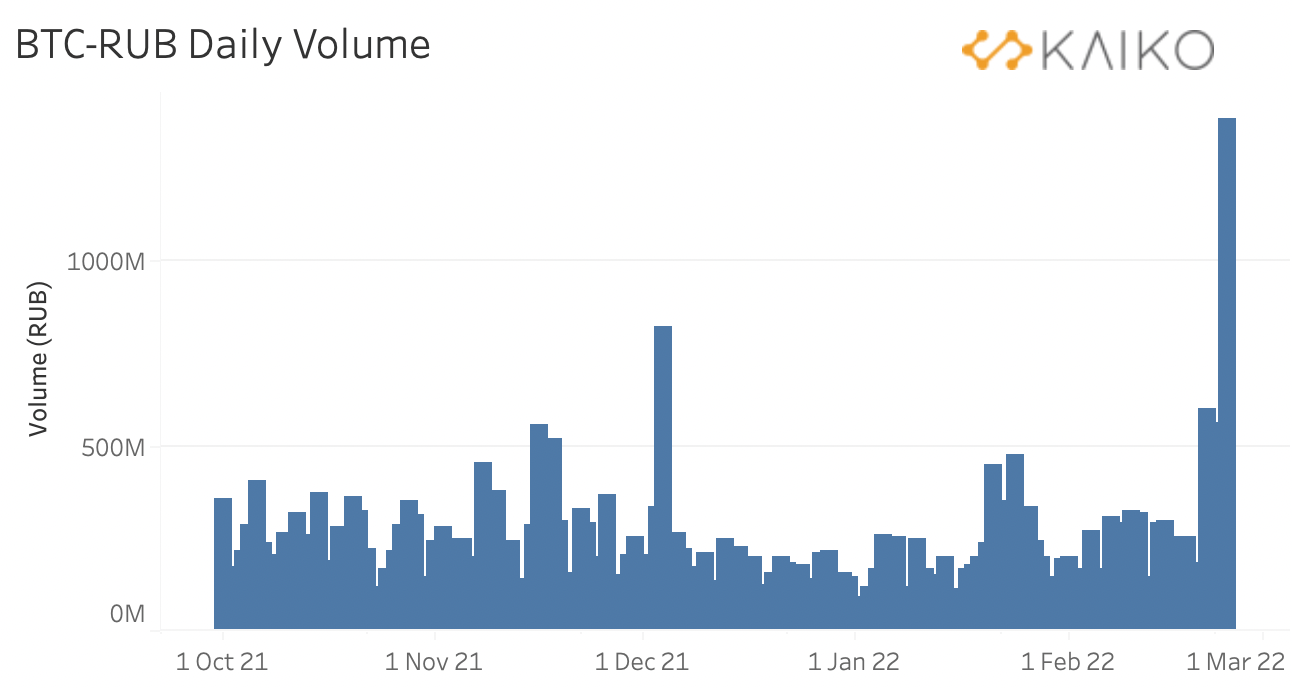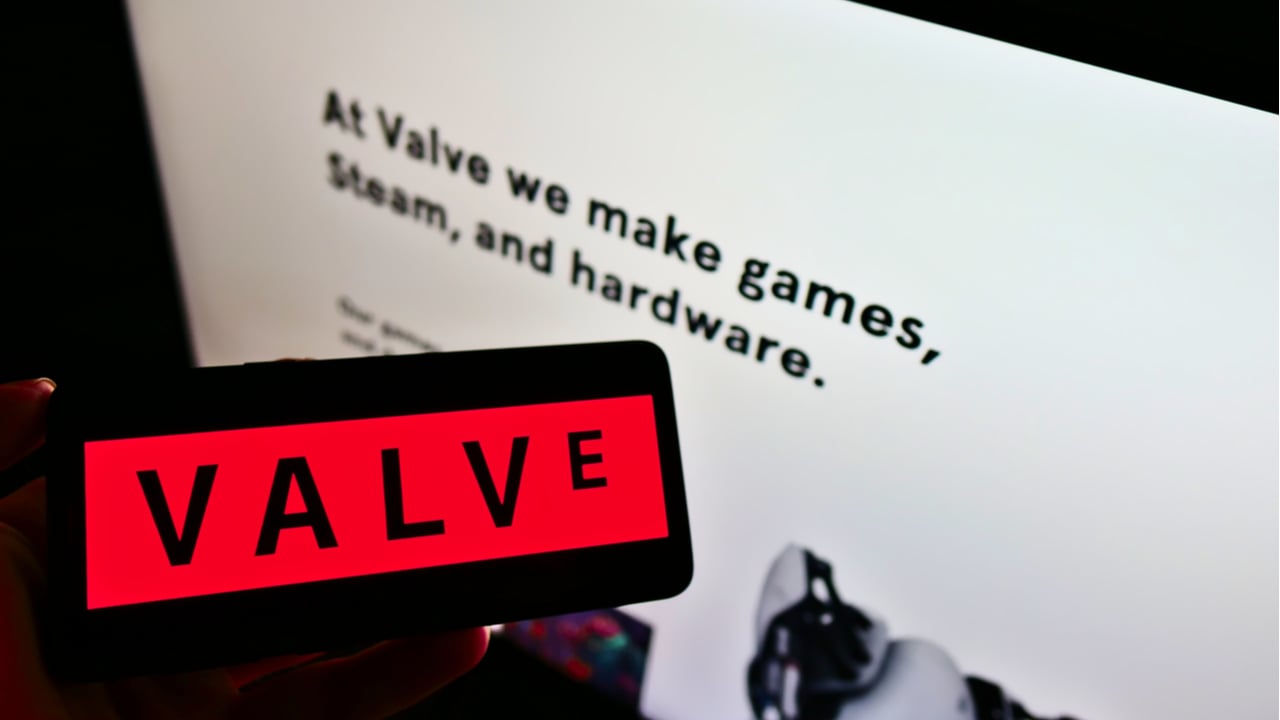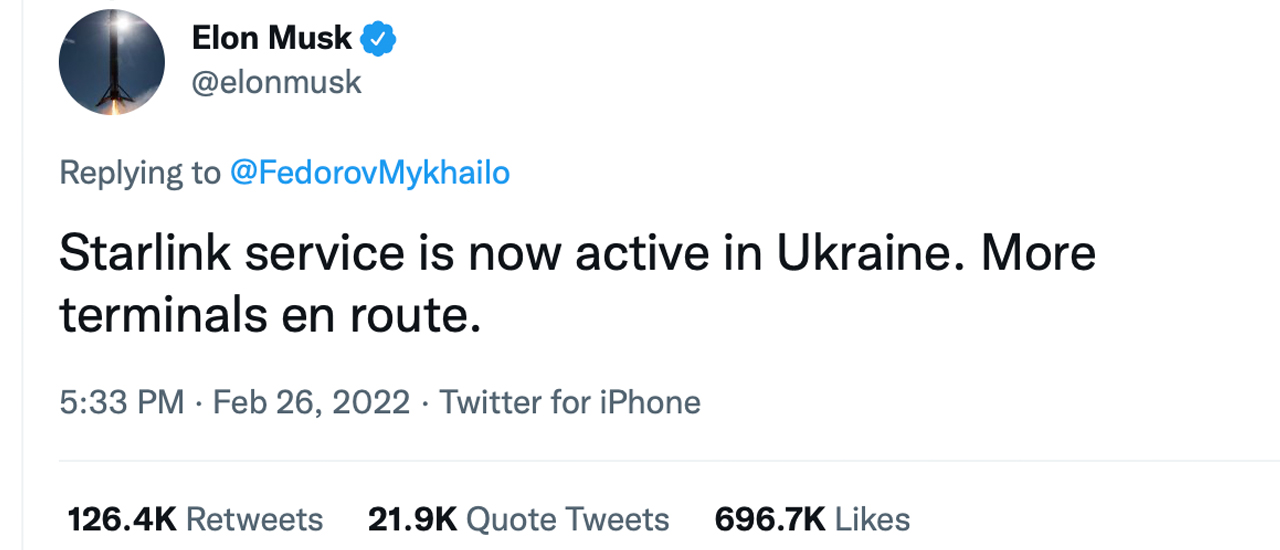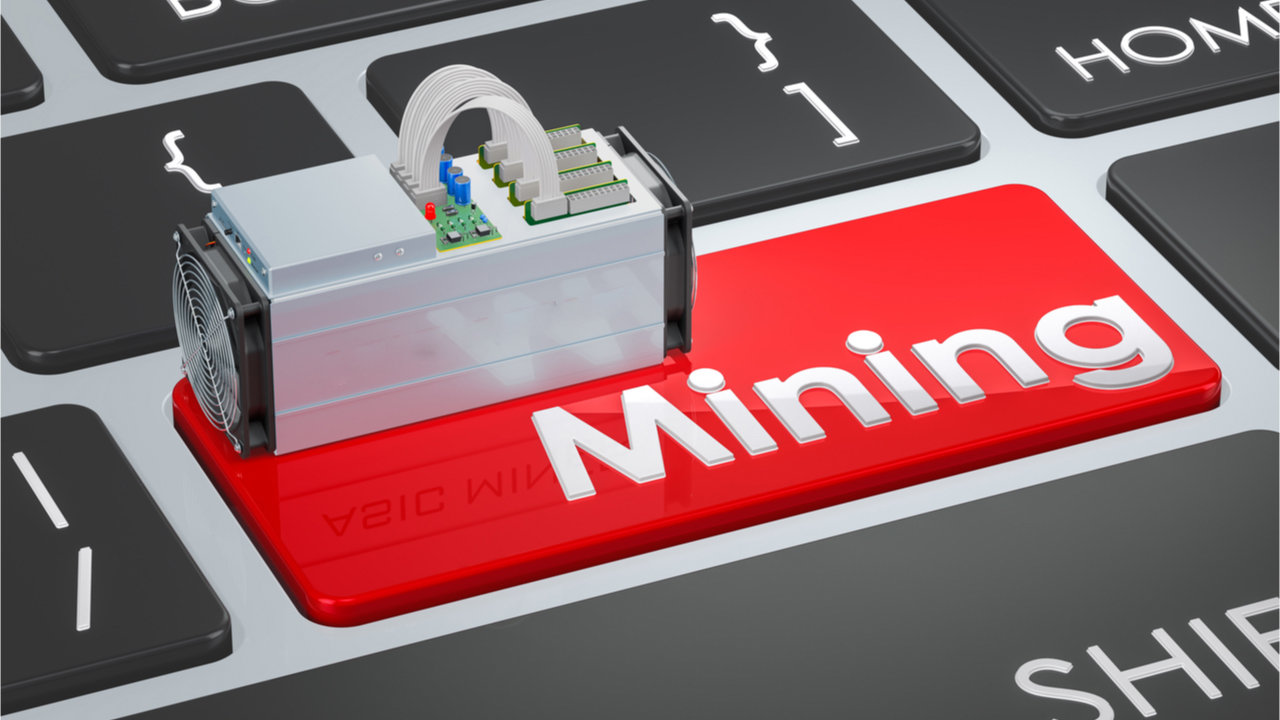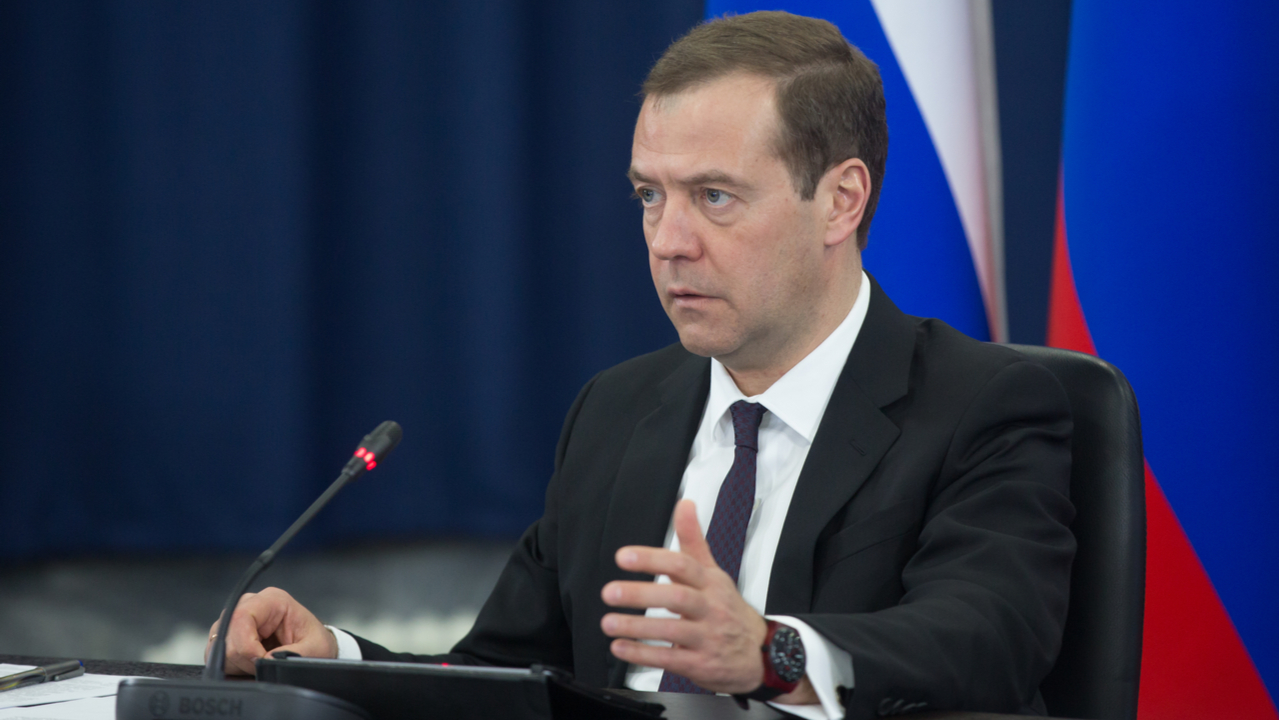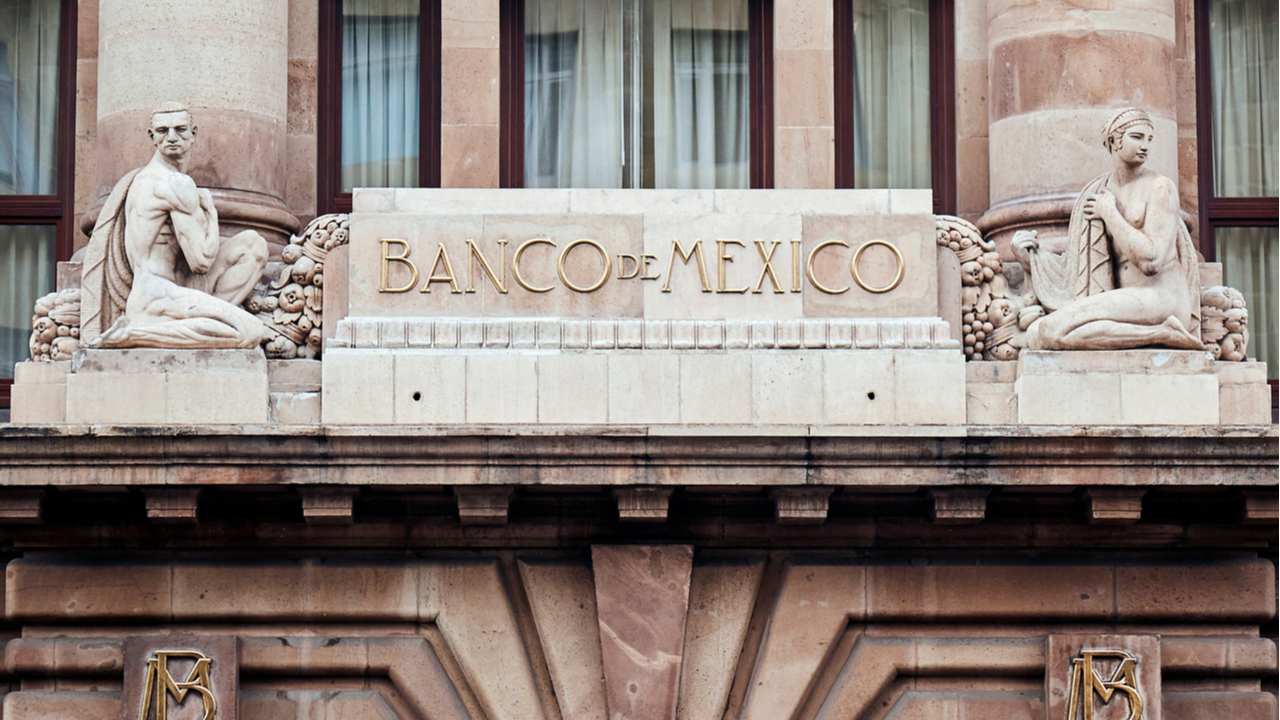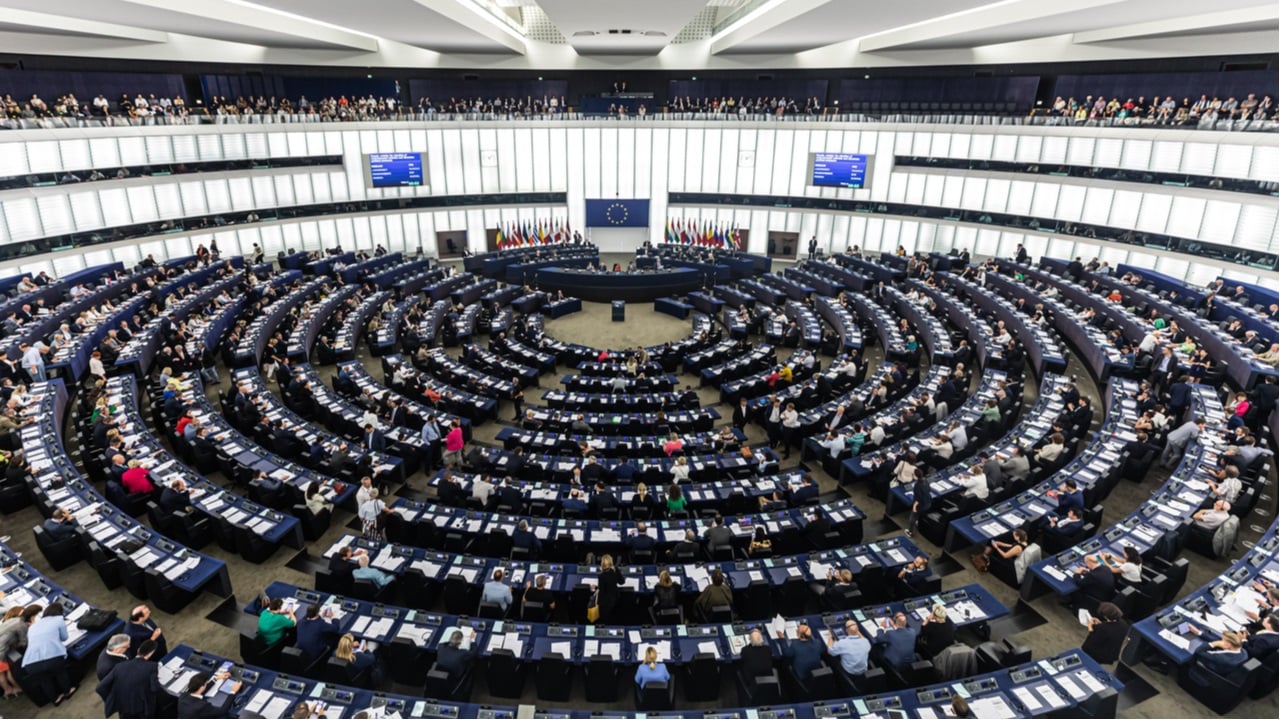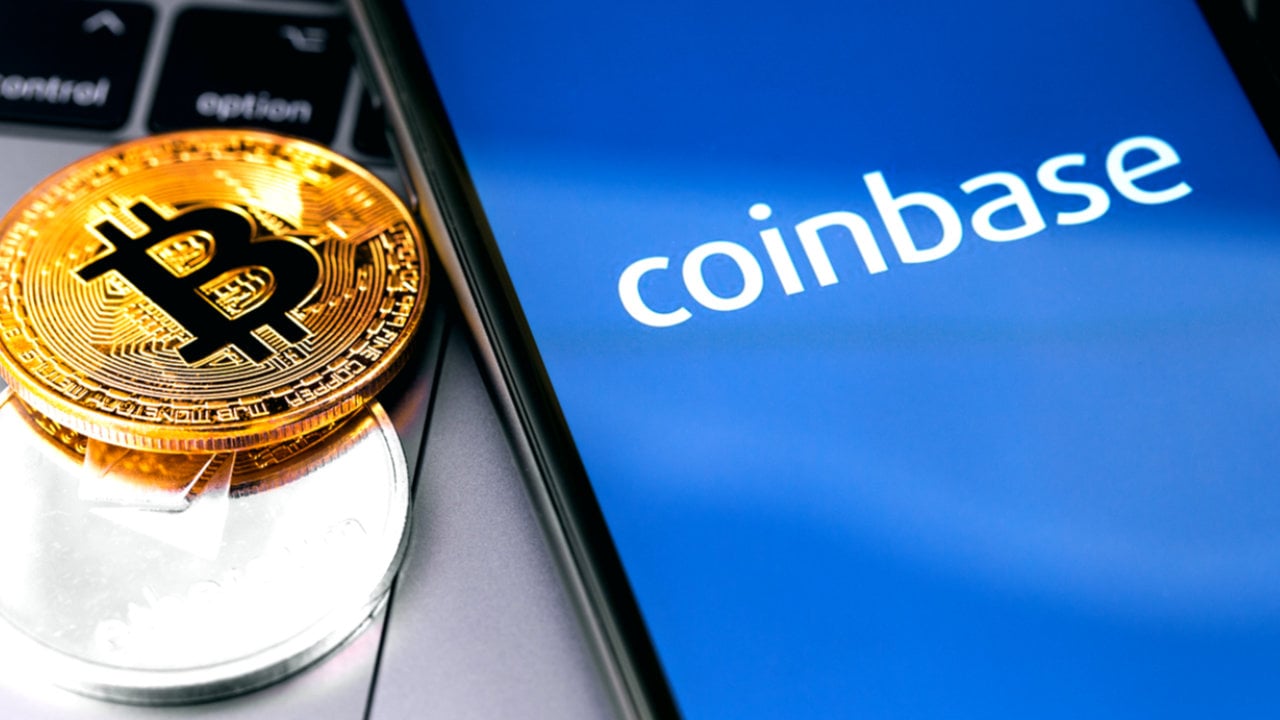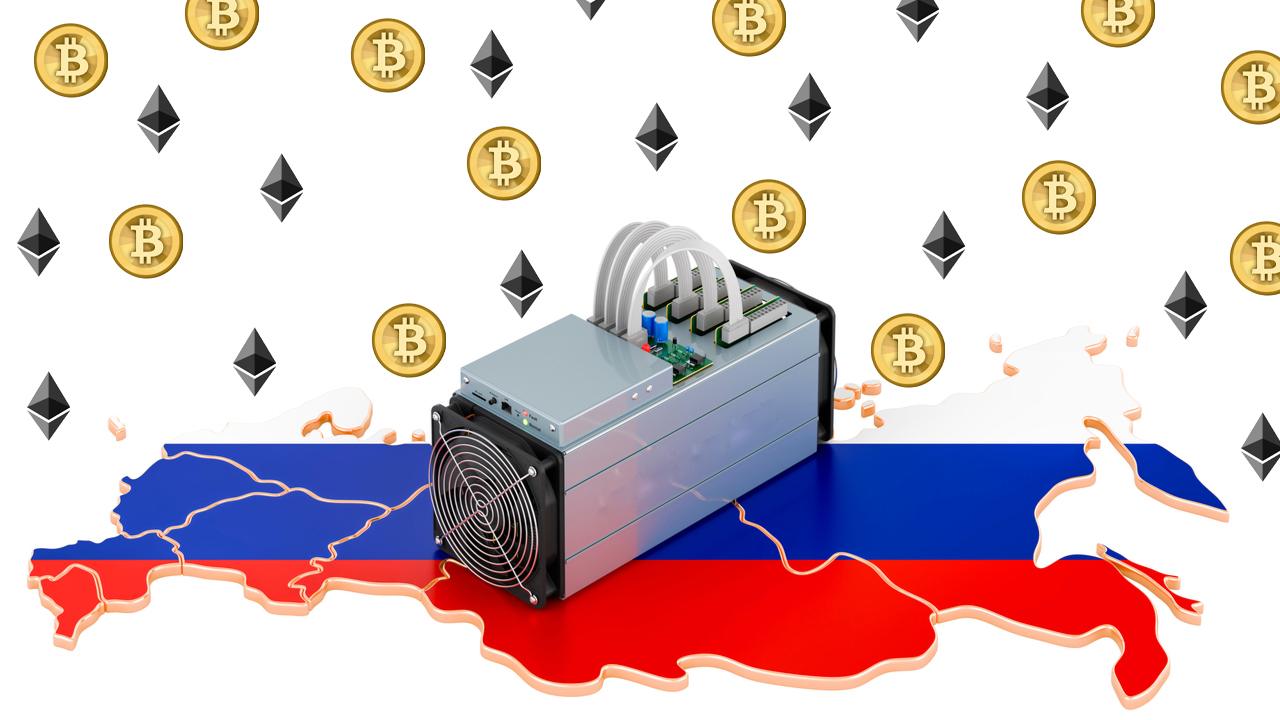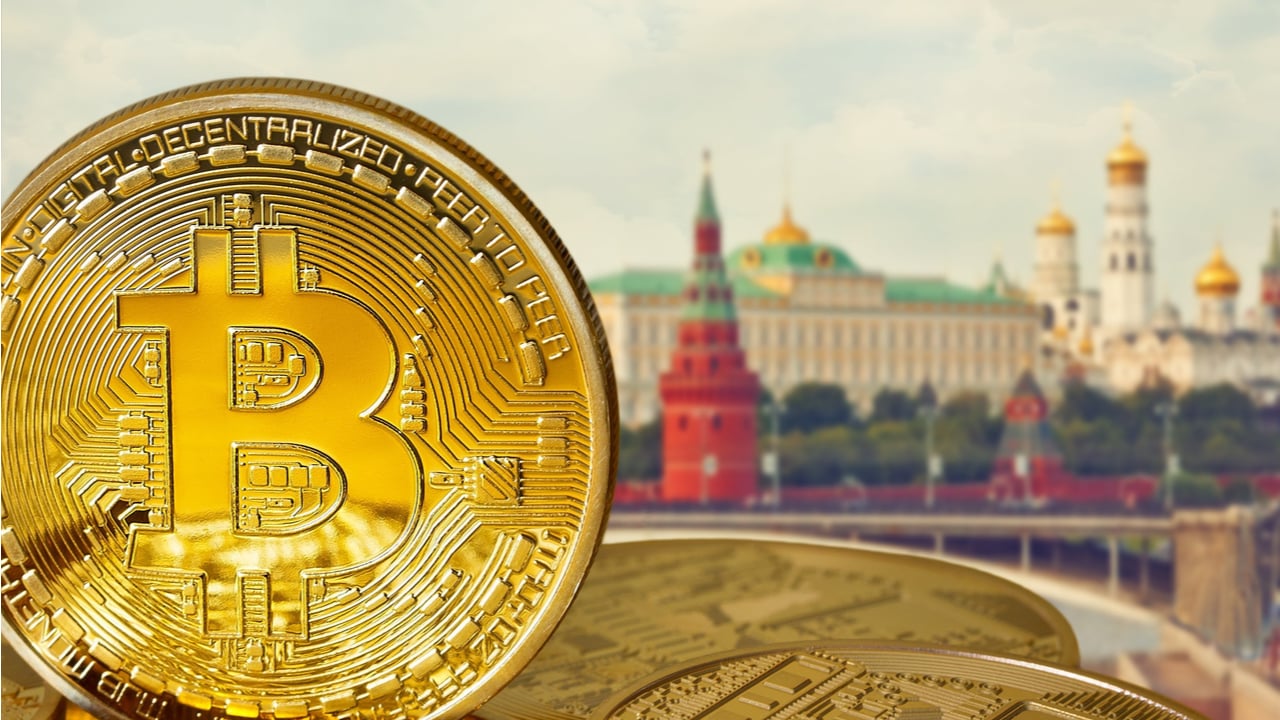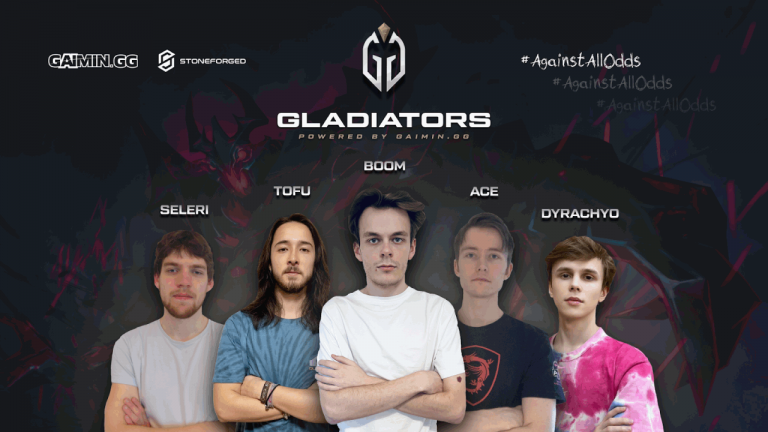
The head of a leading South Korean cryptocurrency exchange has recently promised that its non-fungible tokens featuring the world-famous K-pop band BTS will be minted by “low carbon, eco-friendly” technology after receiving backlash from environmentally conscious young fans about the energy use of NFTs. Wait a minute, environmentally conscious people. NFTs and the metaverse are not environmentally unfriendly technologies. To the contrary, they can save the planet and bring humankind a much greener future.
The Crypto Mining Required for Minting Supports the Development of Green Energy
South Korea is not only among the leaders of the global cryptocurrency and blockchain race — the fans of South Korea’s most successful, world-famous K-pop band BTS are also very educated on the subject. When Hybe, the entertainment company that manages BTS, announced that they would issue BTS-themed NFTs that will play music, the reaction of the fans was not “what is an NFT,” but rather “NFTs are not eco-friendly.” Sirgoo Lee, CEO of Upbit’s operator Dunamu which is in a joint venture with Hybe, had to promise in response that Hybe would use “low carbon, eco-friendly” technology to mint the NFTs.
The controversy surrounding the environmental impact of crypto mining and minting NFTs is mainly centered on energy consumption. But in fact, many crypto mining farms tend to be located in low-temperature, high-latitude countries where electricity is much cheaper and is generated from renewable sources such as geothermal or hydroelectric power. Even energy from volcanoes is being developed for crypto mining. The recently formed Bitcoin Mining Council calculated 56% of the industry uses sustainable energy resources.
Although some industry experts do argue about the calculation, it’s undeniable that seeing cryptocurrency and NFTs as environmentally unfriendly technologies demonstrates an isolated and narrow view of what cryptocurrency and NFTs can actually do for mankind and the environment.
Instead of Purchasing Physical Commodities and Luxury Goods, Buy More NFTs
Gift boxes, plastic and nylon wrappings, holiday décor, limited editions, special collections, you get the idea. The human desire for purchasing and owning essentially unnecessary things has been around for centuries. In order to fuel this consumerism, merchants and brands do their best to make additional items that hold special value throughout time. Killing or suffocating this century-old consumption desire would be hard, but there are also alternatives.
Instead of purchasing, owning, and later discarding and littering physical objects everywhere — which are totally not biodegradable and would end up floating on or sinking deep into the oceans — why not migrate this desire to the metaverse and keep it digital?
Minting NFTs is not an add-on to the already existing human footprint on the fragile environment. Hopefully, once more and more people migrate their consumption from our current world to the blockchain-based metaverse, the physical consumption of commodities and the massive amount of junk generated through this process will also be largely replaced by the virtual and more eco-friendly NFT.
In the past six months, an increasing number of artists, celebrities, and even politicians have released their NFT collections on the blockchain. It is amazing that people of social influence are leading the way, issuing digital limited editions and special collections, instead of printing cards, molding plastics, manufacturing chemicals, and polluting the environment when the items are no longer viewed as valuable.
Instead of Accumulating Mileage, Let’s Meet in the Metaverse
During the Covid-19 pandemic, many people around the world noticed how nature somewhat returned to its life and vibrancy with humans not transgressing against it. Wild flowers were blossoming, blue skies were back, valleys filled with cheerful water, and the fields turned green again.
Although it’s sad that BTS fans were not able to fly all the way to Europe or the West Coast of the U.S. to attend the concerts, and people were forced to do all the meetings on Zoom, the saved mileage and the reduced CO2 emissions were a great blessing to the environment. So why not keep it this way?
The Snoop Dogg concert inside The Sandbox, one of the leading metaverse experiences, was a very successful experiment. It shows us the possibility of creating exciting meetups and large events inside the metaverse without the need to fly people around, drive people across the city, and pack people into a physical location with a limited number of overpriced tickets.
Maybe the United Nations Climate Change Conference should consider having a metaverse-based conference to empower attendees to cut their environmental footprint?
If you were a K-pop fan, would you choose to support your band by purchasing an eco-friendly non-fungible token?
via Neomi

